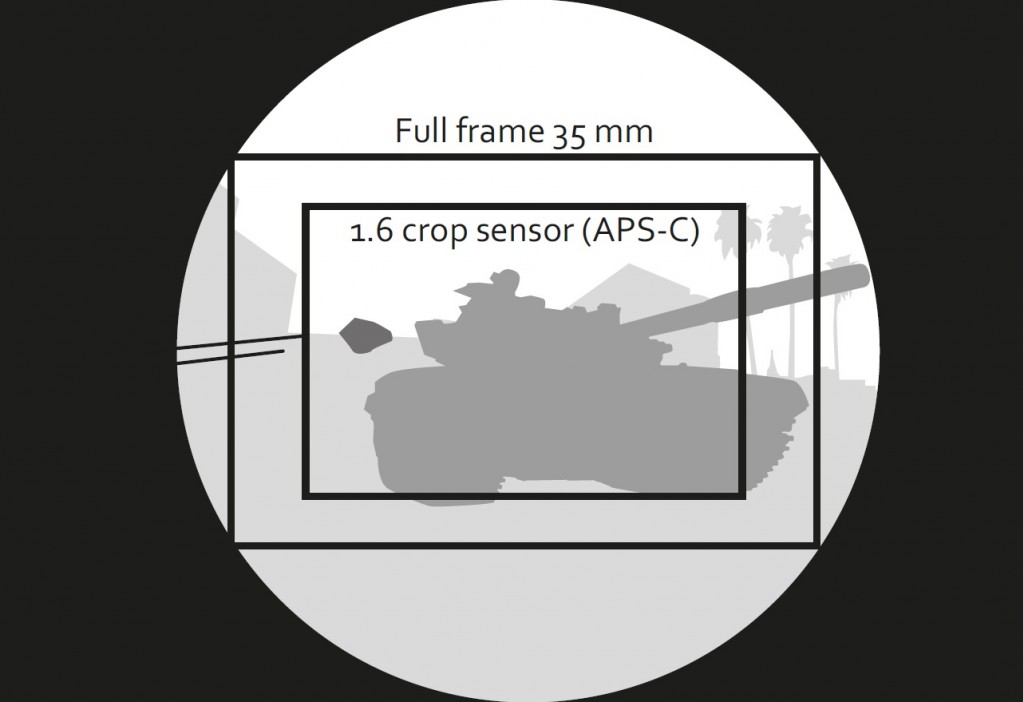Photojournalism is a form of journalism whose purpose is to deliver news through images, such as photographs, videos and illustrations.
The photograph is still the most important form of journalistic imagery. In traditional newspapers, images direct the interest of the reader. Illustrations help the reader to orient themselves amidst the mass of text and to recognise news topics. The images help illustrate what has happened that day.
In addition, in the era of the internet and social media, the appreciation of photographs and all kinds of visual content has grown steadily. Even though a publication may focus on textual content, visual presentation of the message needs to be taken into account in order for the message to be delivered effectively. Successful visuality gives the impression of professionalism.
The photograph is still the most important form of journalistic imagery.
A photograph, when published within a journalistic context, is in itself a journalistic product, but its message is built together with the text. The text provides the photograph with a context and dictates how it will be received – and vice versa. A photograph included in printed media is almost always accompanied by a caption. The caption describes where the photo was taken, who are represented in it, what has happened and why the people are there.
Picking images for articles is precise work and, in addition to the photographer, often the reporter, subeditor, layout designer and art director participate in the process. The image, title and introductory paragraph should all be considered to ensure that they support each other.
The title must not be in direct conflict with the illustration, but light tension or a contradiction may be an effective way of getting the reader’s attention. If the title reads: “A minister marched out of the plenary session”, the photograph cannot show the very same minister sitting contently at their seat.
The title must not be in direct conflict with the illustration, but light tension or a contradiction may be an effective way of getting the reader’s attention.
Nevertheless, as an example of suitable tension, a news article can quote a politician who says that the cooperation between parties is going well, while the accompanying image reveals the built-up tensions between the participants.
Genres of photojournalism – spot news, illustration and feature photography
Photojournalism may be roughly divided into three main genres: spot news photography, illustration photography and photo reportages or features. This is just a one example of a division as many others would be also possible.
A news photograph is a product of journalistic culture, and fundamentally it should aim to answer the same questions as a news text: what, where, when, why, how and who. Like a news text, a picture aims for clarity and simplicity and it should be about an event that has newsworthiness.
Illustration photographs, on the other hand, are usually used in journalism to illustrate abstract topics or concepts. They share many similarities with drawn illustrations and are used in similar contexts: both are more often used in feature stories than in news.
Instead of just illustrating or showing what can be read in the text, sometimes illustrations may bring the article another angle or deepen some aspects of the story.
Unlike spot news photography, they may be very abstract and not necessarily at all related to the locations or people present in the written story. Instead of just illustrating or showing what can be read in the text, sometimes illustrations may bring the article another angle or deepen some aspects of the story.
Feature photography can include several photographic subgenres such as photo reportages or photo essays. The distinctions between these are somewhat blurred, and are largely dictated by the platform of publication, layout, number of illustrations and amount of text.
Unlike illustration photography, feature photography should have to do with a newsworthy event, person or phenomenon in a direct sense, but on the other hand it is generally more liberal and photographer-centred than spot news photography.
The aim [of photo features], as in the features in texts, is to tell a story through a series of photographs or to transmit the feeling of being present at the event.
When photo features are published for instance in magazines, the focus if often on the photographs and layout, while the text is often of secondary importance. The aim, as in the features in texts, is to tell a story through a series of photographs or to transmit the feeling of being present at the event.
Keep Reading:
Photojournalist or newspaper photographer?
Go back to the beginning of this section: Photography.
This article was updated on the January 10th 2020.




